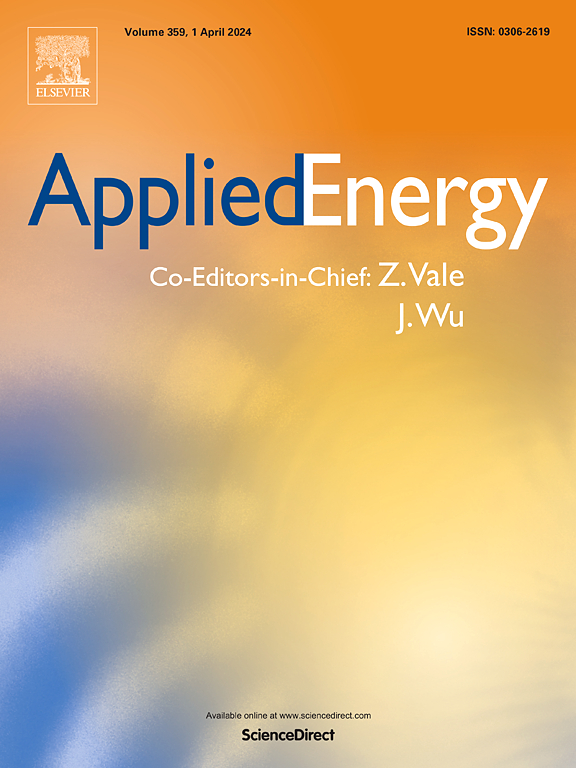Prediction of non-uniform reactions in PEMFC based on the multi-physics quantity fusion graph auto-encoder network
IF 10.1
1区 工程技术
Q1 ENERGY & FUELS
引用次数: 0
Abstract
To meet the demands of high power output, proton exchange membrane fuel cells (PEMFCs) with large area have become a significant focus of research. However, non-uniform reactions in fuel cells are unavoidable in practice, leading to performance degradation and reduced stack lifespan. Understanding the distribution of physical quantity changes within the fuel cell and predicting its future internal states are crucial for control and maintenance of fuel cells. This paper proposes a Multi-Physics quantity fusion Graph Auto-Encoder network (MP-GAE), which is a transient prediction model for the performance and multi-physical field distribution in fuel cell by focusing on three aspects: reaction time, spatial location, and the coupling relationships of multiple physical fields. Based on graph attention mechanisms and temporal networks, a Partitioned Temporal Graph Attention Network (PT-GAT) is established to extract spatiotemporal regularities. Based on the Auto-Encoder structure and the interrelationships among the five physical quantities, these prediction models are integrated into MP-GAE to enhance the model's prediction performance. Experimental results show that MP-GAE can accurately predict changes in physical fields and performs well under complex conditions such as variations in load current density, gas pressure, inlet relative humidity, stoichiometric ratio and temperature. The proposed model effectively predicts the non-uniform variation processes of five physical quantities within the reaction area of fuel cells, providing information and assistance for the control and management of large-area fuel cells.
求助全文
约1分钟内获得全文
求助全文
来源期刊

Applied Energy
工程技术-工程:化工
CiteScore
21.20
自引率
10.70%
发文量
1830
审稿时长
41 days
期刊介绍:
Applied Energy serves as a platform for sharing innovations, research, development, and demonstrations in energy conversion, conservation, and sustainable energy systems. The journal covers topics such as optimal energy resource use, environmental pollutant mitigation, and energy process analysis. It welcomes original papers, review articles, technical notes, and letters to the editor. Authors are encouraged to submit manuscripts that bridge the gap between research, development, and implementation. The journal addresses a wide spectrum of topics, including fossil and renewable energy technologies, energy economics, and environmental impacts. Applied Energy also explores modeling and forecasting, conservation strategies, and the social and economic implications of energy policies, including climate change mitigation. It is complemented by the open-access journal Advances in Applied Energy.
 求助内容:
求助内容: 应助结果提醒方式:
应助结果提醒方式:


